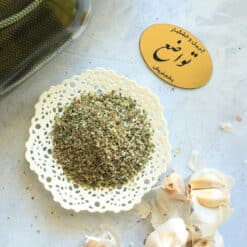Bahmangan Celebration
In the history of our country, there are abundant celebrations and beautiful customs. The ancient people referred to the second day of the eleventh month of the year as “Bahman” and celebrated it as the “Bahmangan” festival. This celebration is also known as “Bahmanjeh.” In fact, the common and colloquial name for it has been Bahmanjeh! “Bahman” comes from the Avestan word “Vohu Manah,” which signifies good thought, good disposition, and the wisdom of Spenta Mainyu. In ancient times, people named the eleventh month of the year and its second day as “Vohuman.”
In the Avesta, Vohuman is revered as the abode of paradise. The Bahmangan celebration was held in praise of Vohuman, the divine entity associated with Ahura Mazda. Vohuman was wise, had good thoughts and behavior, and was a protector of animals and quadrupeds. Therefore, on this day and during this celebration, people abstained from slaughtering animals and consuming their meat. Some Zoroastrians even observed these customs until the end of the month of Bahman. You can see that even “support for animals” was initially our own practice!

Like many ancient celebrations, wearing white clothes was common on this day, and the rooster and jasmine flower were considered symbols of this festival. People dressed in white and pure garments, and as with all significant celebrations, they set up large tables filled with delicious and nutritious foods. A grand celebration was organized, inviting the destitute and needy to participate and sit at the table.
The Bahmangan celebration, like all ancient festivals, was held to express gratitude for blessings, provide for the needy, and praise Ahura Mazda.

Our great poet, Manuchehri, composed about Bahmangan:
Embrace the tradition of Bahman and, anew, make Bahmanjeh blossom;
O tree laden with regal fruits, symbol of strength and awakened solitude.
 Oregano
Oregano 